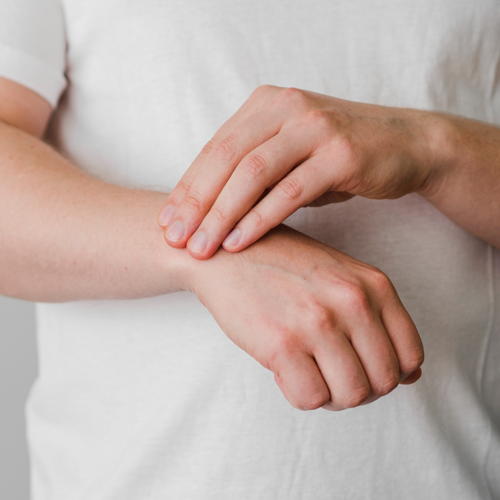The Italian Society for Rheumatology recommendations for the management of axial spondyloarthritis

All claims expressed in this article are solely those of the authors and do not necessarily represent those of their affiliated organizations, or those of the publisher, the editors and the reviewers. Any product that may be evaluated in this article or claim that may be made by its manufacturer is not guaranteed or endorsed by the publisher.
Authors
Over the last few years, the landscape of treatments for axial spondyloarthritis (SpA) has been rapidly evolving, urging international scientific societies to draft or update existing clinical practice guidelines (CPGs) on the management of axial SpA. The Italian Society for Rheumatology (SIR) committed to provide revised and adapted evidence- and expert-based recommendations for the management of patients with axial SpA in Italy. A systematic approach to the adaptation of existing CPGs - the ADAPTE methodology - was adopted to obtain updated recommendations suitable for the Italian context. A systematic literature search was performed in Medline and Embase databases to find international CPGs and consensus statements with recommendations for the management of axial SpA published in the previous five years. A working group composed of rheumatologists with proven experience in the management of axial SpA and methodologists identified the key research questions which guided study selection and data extraction. Guideline quality was assessed using the Appraisal of Guidelines Research and Evaluation (AGREE) II tool. The Italian recommendations were developed by endorsing or adapting and rewording some existing recommendations. The draft of the recommendations was sent to a multidisciplinary group of external reviewers for comment and rating. Six original CPGs were selected and used to create this SIR CPG, which includes a final set of 14 recommendations covering the management of patients with axial SpA across the following domains: assessment, pharmacological and non-pharmacological treatment, and follow-up. The dissemination and implementation of these SIR recommendations are expected to support an evidencebased clinical approach to the management of patients with axial SpA in Italy.
How to Cite
PAGEPress has chosen to apply the Creative Commons Attribution NonCommercial 4.0 International License (CC BY-NC 4.0) to all manuscripts to be published.











